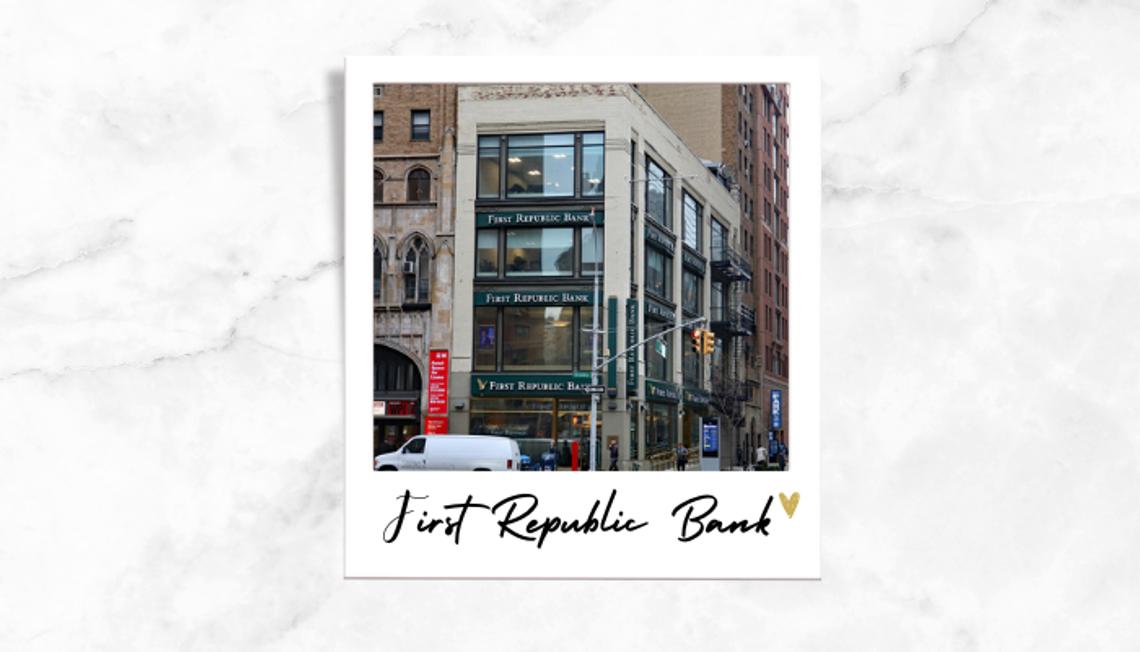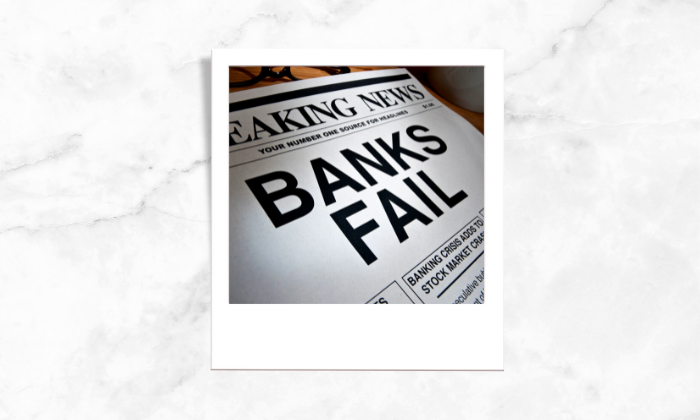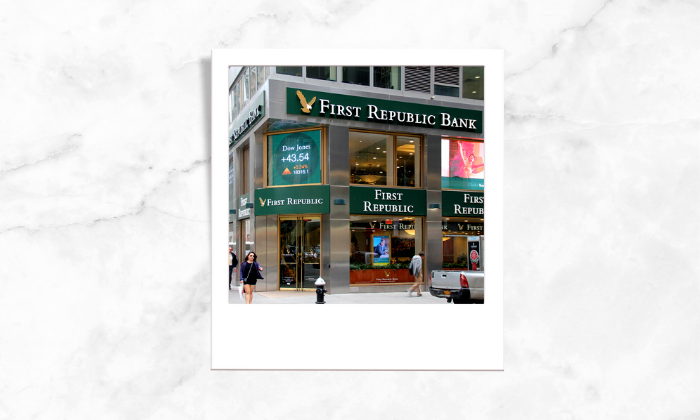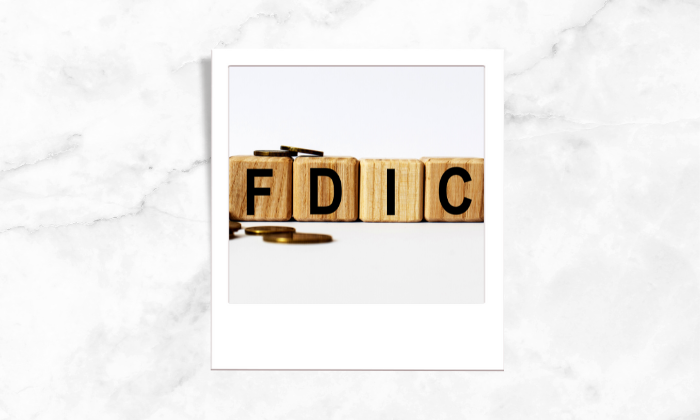First Republic Bank’s shares plunged nearly 40 per cent on Friday as the San Francisco-based lender reported an exodus of deposits in the first quarter. The drop in share value of more than 40% is despite a $30 billion infusion from 11 rival lenders on March 16 as the government and the private sector sought to intercept a broader banking crisis.
Why did First Republic Bank Fail?
First Republic Bank, the California based lender focused on high net worth individuals and their businesses, including offering mortgages at low interest rates to those customers.
It has reported a loss of about $102 billion in deposits over the course of the first quarter. The poor reporting of first-quarter earnings coupled with massive deposit outflows led to 40 % collapse in shares.
The resultant of the poor earning led to a mass withdrawal which was sparked by the fact that 68 percent of First Republic’s deposits were uninsured. As we are aware that outflow of deposits poses problems for lending, given that banks need deposits to make loans for commercial and residential property, businesses and individuals.
First Republic is mostly in the business of lending to homeowners, and for the most part, to individuals with very high credit scores thus the lender is holding fixed-rate mortgages with low interest rates on its balance sheet.
The low interest rate offered to its customers resulted in decrease in net interest income owing to substantially higher funding costs and increase in expenses. As the interest rates increased in the last year, the bank’s interest expenses soared to $555 million in the first quarter — a whopping 2,675 percent increase from $20 million in the first quarter of last year, before the Federal Reserve raised rates for the first time.
Since interest rates increased, the company also had to pay out more in interest on certificates of deposits and other savings accounts, while its income from long-term mortgages remains fixed since about 97 percent of all mortgages on its books were issued after 2008, when mortgage rates dipped below 5 percent for the first time ever. Thus, increase in expenses led to a decline in net interest income, which eventually resulted in depressing news for investors in its first-quarter filing.
What is the future Course for First Republic Bank?
The Financial Times reported that one proposal floated for the First Republic’s stabilisation was for a group of larger banks to buy some of First Republic’s bonds and assets at prices above their market value. Hence, raise equity which would have cleared some of its losses while the buyers could hold assets to maturity to avoid losses and in turn avoid the bank to fail and get seized by regulators.
CNBC mentions that Reuters reported on Friday that U.S. officials — including from the FDIC, Treasury Department and Federal Reserve — are coordinating meetings with other banks to broker a rescue plan for First Republic.
However, latest development shows First Republic most likely headed for FDIC receivership.










